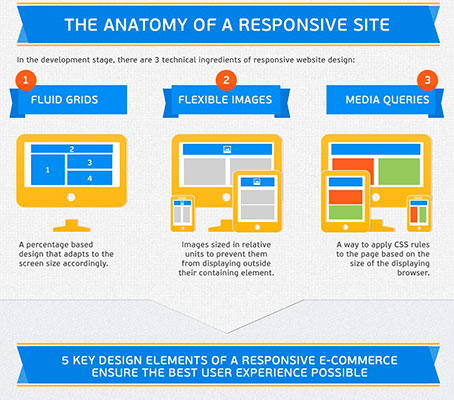Open Profound Understandings Of The Role Shade Psychology Plays In Shaping Customer Behavior On Internet Sites, Igniting Curiosity Regarding Its Prospective Effects On Your Brand'S Electronic Identification
Open Profound Understandings Of The Role Shade Psychology Plays In Shaping Customer Behavior On Internet Sites, Igniting Curiosity Regarding Its Prospective Effects On Your Brand'S Electronic Identification
Blog Article
Team Writer-Zhu Warner
Utilize the power of color psychology in web site style to enhance user engagement and assumption. Colors cause emotions, share messages, and influence how users analyze your site. They affect behavior and decision-making, so pick sensibly. Warm hues create urgency, while cooler tones generate leisure. Contrasting colors assist highlight key elements. Colors shape your brand name identity, strengthening recognition and connection with your audience. By lining up shades with your brand name values and considering your target market's choices, you can create an aesthetically attractive and emotionally powerful site. Your website's color design can make a considerable distinction in just how users perceive and connect with your brand.
Relevance of Shade Psychology
Comprehending the value of color psychology is crucial for producing impactful and interesting internet site styles that resonate with your target audience. Colors have the power to evoke feelings, convey messages, and influence assumptions. By strategically picking the ideal colors for your site, you can improve the total user experience and leave an enduring impact.
Color psychology plays an important role in shaping the assumption of your brand name. Various shades have unique associations and meanings connected to them. As an example, blue is often associated with count on and professionalism, while red can evoke sensations of exhilaration or seriousness. By lining up the colors on your web site with your brand name values and messaging, you can establish a solid aesthetic identification that attracts and maintains users.
Additionally, color options can influence customer behavior and decision-making. https://www.einnews.com/pr_news/576075268/actual-seo-media-inc-has-7-tips-to-get-in-google-s-good-graces have shown that certain shades can affect exactly how users view details and interact with a website. By understanding the emotional impacts of shades, you can design a website that guides individuals in the direction of specific actions, such as purchasing or enrolling in an e-newsletter.
Influence on User Behavior
Shade selections in web site design can directly influence how customers behave and communicate with the material provided. When users check out a web site, the shades made use of can stimulate certain feelings and reactions that impact their browsing experience. For example, warm colors like red and orange can create a feeling of urgency or excitement, triggering users to do something about it quickly. On the other hand, amazing colors such as blue and eco-friendly have a tendency to have a calming effect, perfect for advertising relaxation or trust.
Using contrasting colors can draw attention to vital components on a page, assisting customers in the direction of certain areas like switches or calls to action. Likewise, a well-thought-out color scheme can enhance readability and navigation, making it simpler for customers to locate info and involve with the material. By purposefully integrating colors that straighten with your site's purpose and target audience, you can properly affect customer actions and boost total interaction.
Enhancing Brand Identification
To develop a solid and well-known brand identity via site layout, take into consideration just how color options can play a vital duty fit just how individuals perceive and connect with your brand name. Colors stimulate emotions and associations, making them powerful devices for conveying your brand name's values and personality. Consistency in shade usage across your website can assist strengthen brand name acknowledgment and produce a cohesive visual identification.
When choosing shades for your site, think about just how various colors line up with your brand's message. For example, blue frequently indicates trustworthiness and expertise, while eco-friendly can stimulate feelings of development and eco-friendliness. By including these color definitions tactically, you can enhance your brand name's picture and interact with individuals on a subconscious degree.
Remember that shade psychology isn't one-size-fits-all; it's important to consider your target audience's choices and cultural distinctions when selecting colors. By leveraging visit the following website of color in your website layout, you can enhance your brand identification and leave an enduring impression on site visitors.
Verdict
As you browse the huge sea of sites, keep in mind the power of color psychology leading your every click. Like a painter with a palette, developers craft online experiences that stimulate emotions and shape assumptions.
From soothing blues to vibrant reds, each color plays an essential function in capturing your attention and influencing your actions. So following time you search the internet, take a minute to appreciate the virtuosity behind the shades that surround you.
